Risk matters, safer WA communities
Local Government Risk Forum | Tuesday 6 September 2022
Exploring emerging and current risks for WA local governments
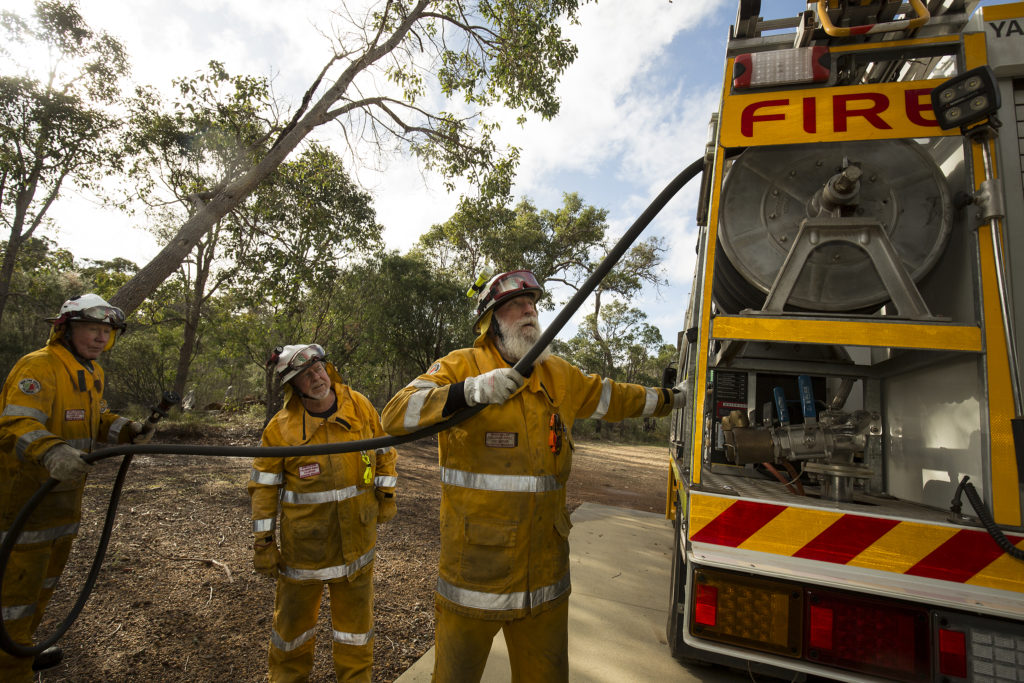
The LGIS injury prevention team have done the most exhaustive assessment yet of the demands of a volunteer bushfire fighter role.
Upon completion of the job dictionary and manual task assessments LGIS WorkCare Services Manager, James Larkin said “out of the 32 job dictionaries we’ve done for local government roles, this role has potentially the highest levels of physical and psychosocial risk.”
The job dictionary for volunteer bushfire fighters identifies the highest risk body areas, cognitive, emotional and role demands for an individual.
Overall physical demands for the role are rated as ‘very heavy’ (the highest rating available) and 61% of the psychological risk factors also receive the highest rating.
Broadly the dictionary identifies significant considerations as outlined in the table below.
Local Government Risk Forum | Tuesday 6 September 2022
Exploring emerging and current risks for WA local governments
Long COVID refers to cases where the patient recovers from the acute COVID-19 infection effects but goes on to have longer term symptoms.
The new Work, Health and Safety Act WA (2020) (WHS) changed the definition of a worker to now include volunteers. LGIS members have been seeking clarity on how they can meet their obligations, and what types of protections are included with LGIS membership.
The role of volunteer firefighter is varied, they’re tasked with protecting rural and pastoral areas against the threat and damage caused by bushfires. They carry out fire prevention, such as prescribed burning, risk management and active fire suppression. They are trained in personal and team safety, fire suppression methods, vehicle driving (on and off road), first aid, communication and emergency management procedures.
All VBF’s should undergo skills training in bushfire safety awareness and firefighting skills. They typically deploy to their immediate local area but can also assist in neighbouring and farreaching areas.
LGIS has assessed the risk of some of the most common manual tasks carried out by VBFs. These tasks include:

Each assessment describes the task and the environment that the task occurs in. It also covers the critical physical demands of the tasks and the forceful/muscle exertions required alongside repetition of the task. The assessment creates a detailed picture of the task and the risks that individuals and brigade leaders need to be aware of when assigning tasks to the team.
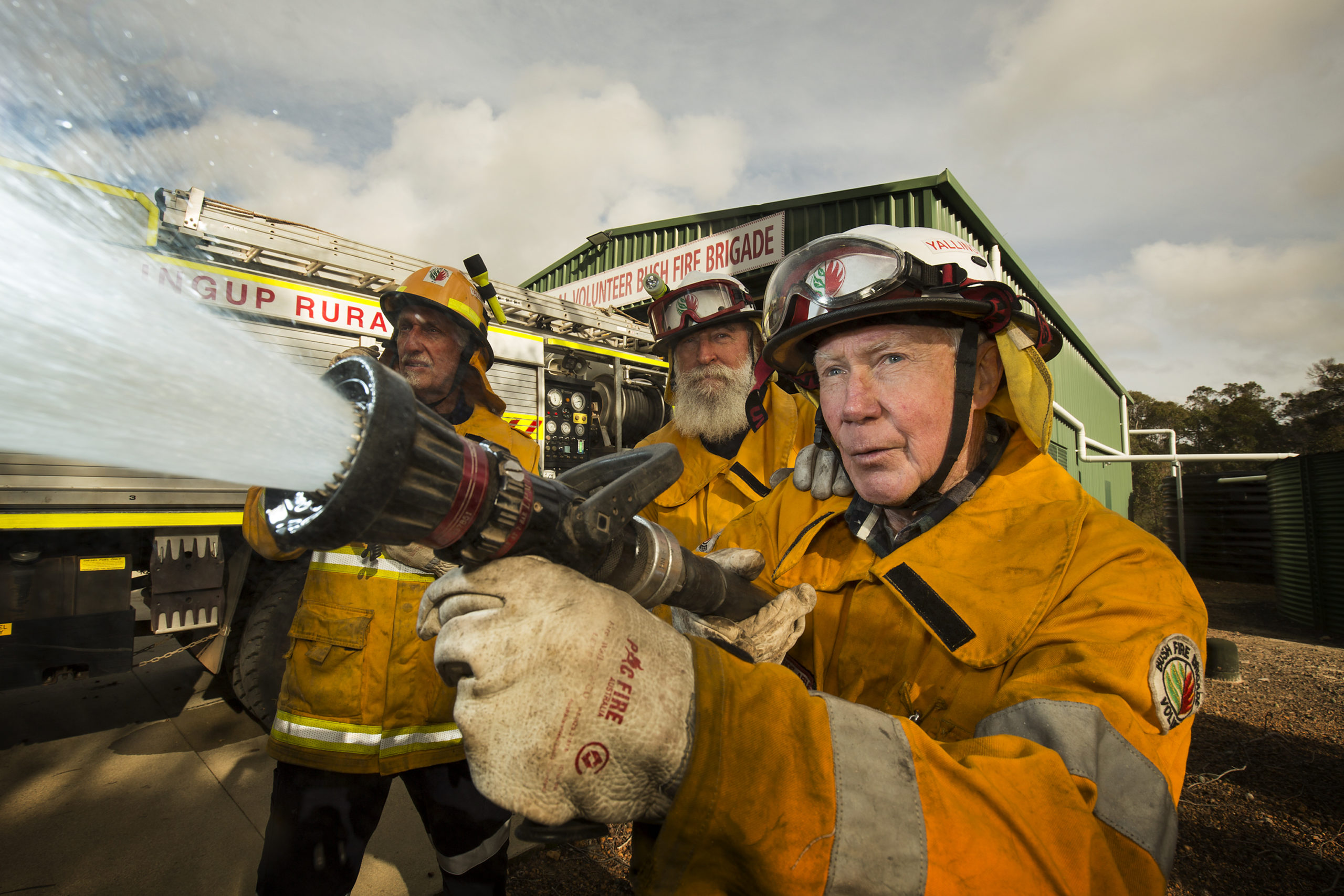
Considering the demands of the role it’s important that when volunteers for the bushfire brigade are allocated roles that their ability –physically, psychologically and emotionally – is a good fit.
Unfortunately, due to the age profile of many brigades, it can be difficult to find individuals who are able to meet all of the requirements, especially physical, of the role. Using the LGIS job dictionary and manual task assessments brigade leaders may be able to identify tasks that individuals should not do or find adjustments that support an individual in completing the task. A proactive approach to identifying and managing an individual’s tasks and roles is vital in reducing injury to valued volunteers.
To protect the volunteer, brigade leaders and the local government it’s important that an individual is assessed for each task and clearly instructed as to their role and activities.
There’s also a significant emotional and psychological component. Volunteering gives individuals a sense of belonging and can become a defining aspect of who they are. Some individuals within the 50 to 70 age group may be unwilling or reluctant to recognise their diminishing physical capacity.
The conversation about fitness for the role and an individual’s place within the brigade is a tricky, but necessary discussion for local governments to have with their volunteers.
There is a wide variety of tasks available within and supporting a bushfire brigade and roles should be identified or developed which allow older or less physically able volunteers to continue their involvement and service to the community.
The story of John Stevens a 75-year-old volunteer firefighter for the City of Busselton shows how a role can be found that meets the individuals’ abilities, while providing them with continuing connection and meaningful work within the brigade.
Local governments with bushfire brigades are not only responsible for ensuring personal injury protection for volunteers but protection of their property used during the course of their role.
This protection is provided on the condition that the volunteer is carrying out ‘bushfire firefighting operations/activity’ and includes loss or damage to personally owned property, appliances, items, repairs, maintenance, vehicles and equipment (Bushfire Fire Act 1954 and, Firefighters and Emergency Volunteers Legislation Amendment (Compensation) Act 2016 of the Fire and Emergency Services Act 1998).
LGIS provides protection for the market value or the reasonable cost of repair, whichever is the lesser, of any such vehicle, appliance, equipment or apparatus lost or damaged that is used under the direction of a bushfire control officer or a member of a bushfire brigade.
Where a bushfire volunteer has a motor vehicle or personal property claim it should be lodged with LGIS as soon as possible.
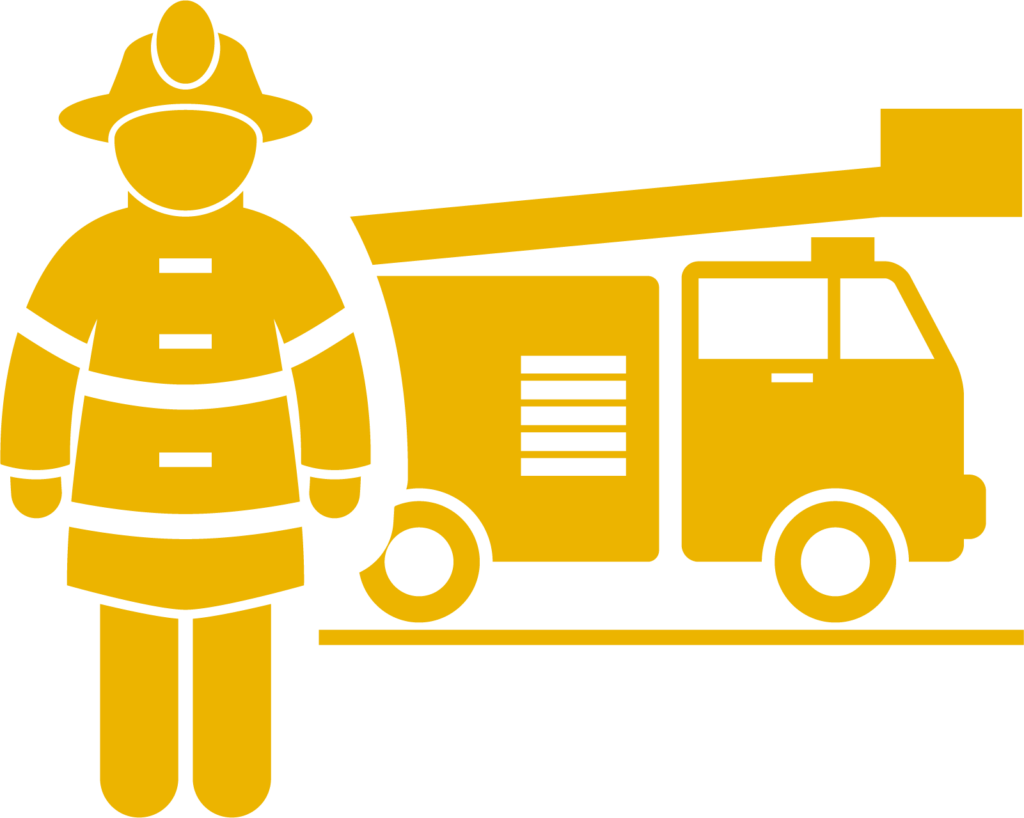
For more information on Scheme protections for volunteer bushfire fighters talk to your LGIS account manager. For assistance with job dictionaries and manual tasks speak to WorkCare Services Manager, James Larkin at [email protected] .

A demanding role. What does it take to be a bushfire volunteer? The LGIS injury prevention team have done the most exhaustive assessment yet of the demands of a volunteer bushfire fighter role.
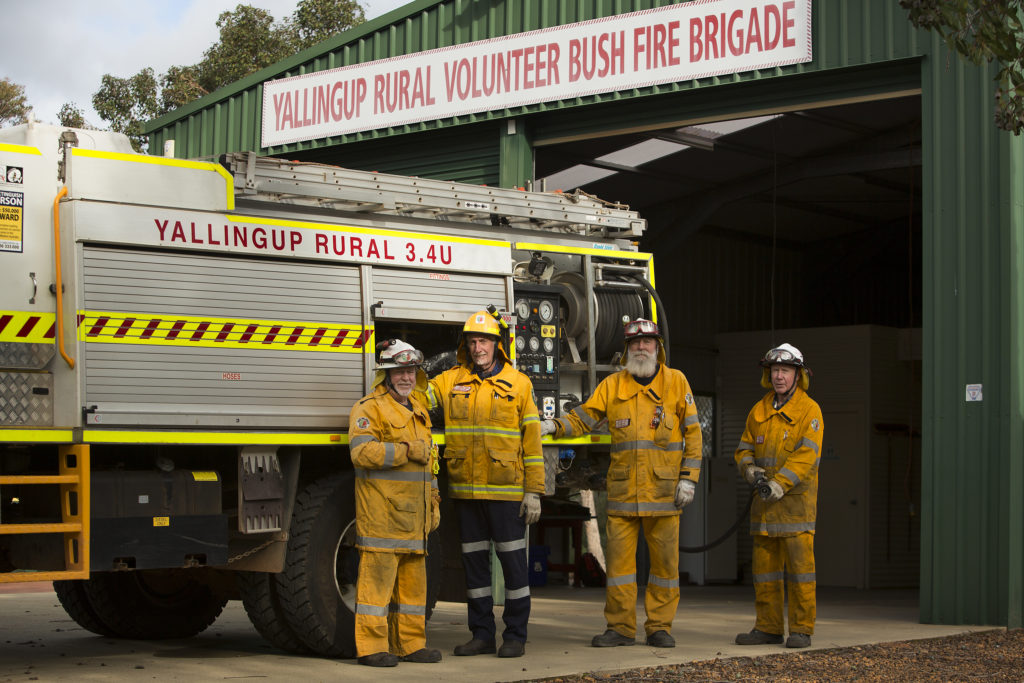
LGIS members across the state, particularly in the south and Wheatbelt, faced fires which destroyed property and razed the land. Changing environmental conditions will continue to pose significant challenges.
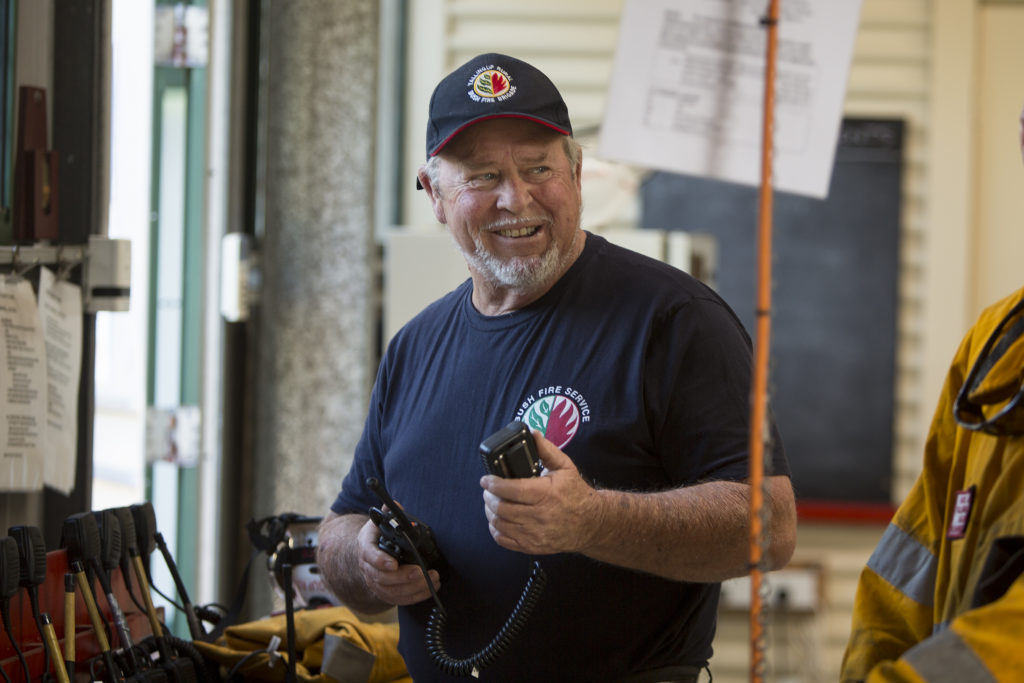
Bushfire volunteers provide a vital service to our communities, and the work they undertake is often in very high-risk environments.
LGIS is the unifying name for the dedicated suite of risk financing and management services for WA local governments, established by the WA Local Government Association in conjunction with JLT Public Sector (part of the Marsh group of companies). LGIS is managed by JLT Public Sector (ABN 69 009 098 864 AFS Licence 226827).
Risk Matters, via this website, is designed to keep members, their staff and elected members informed on topical risk management and insurance issues and LGIS programs and services.